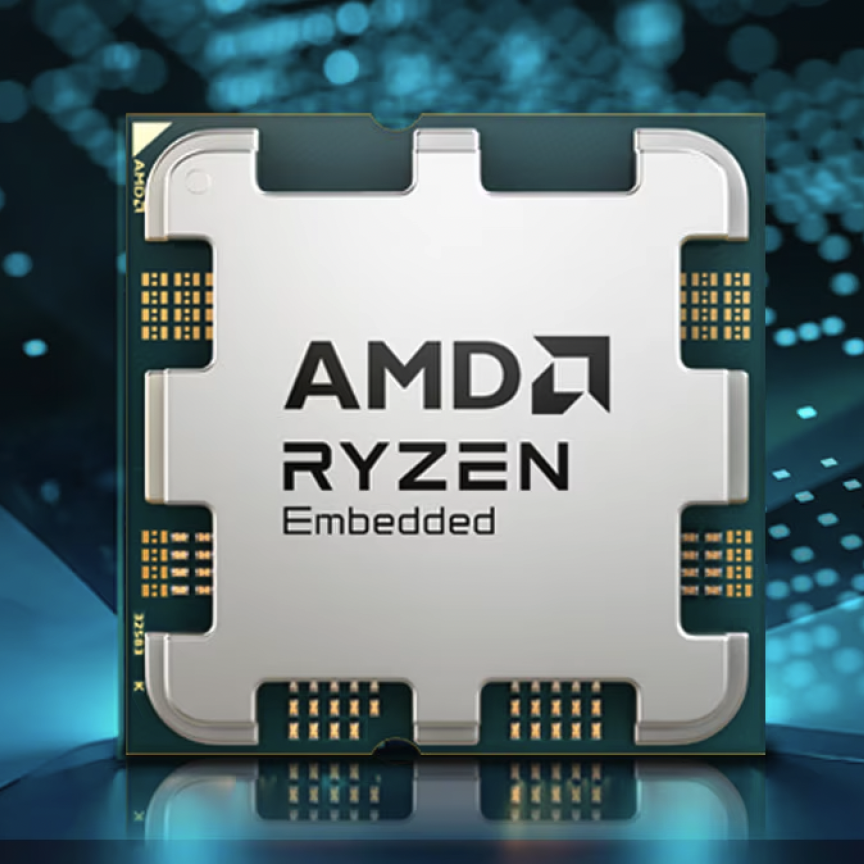How did you come to be part of the imaging/machine vision industry?
Optronis is a company with nearly 30 years of experience in the field of high-speed imaging. I joined the company in 1996 as a development engineer and became a shareholder in 2004. Since I arrived, I’ve been responsible for the industrial camera business and have been able to contribute my knowledge of, and background in all kinds of, electro-optical phenomena to developing the company’s imaging products.
When standard CMOS high-speed sensors were introduced by Photobit, the image quality in high-speed imaging improved significantly compared to previous high-speed CCD imaging. At more or less the same time, real-time high-speed interfaces (FireWire, GigE, Camera Link, USB3 and CoaxPress) became available. Driven by our customers, we took the decision in 2010 to target a niche market and to offer standard high-speed camera products for the 2D/3D machine vision industry.
How do you convince customers that they need machine vision?
Many Optronis customers already have long-standing experience in the field of machine vision. While previously they used CCD image sensor-based systems, they now focus on higher and ultra-high speed CMOS image sensor-based systems with the aim of increasing the performance of their measurement systems. They’re looking for camera technology that offers both high performance and consistent quality. As performance depends on the camera technology, Optronis was one of the first high-speed camera manufacturers to offer EMVA1288-compliant measurements for our cameras. This helps the customer in their decision to move to high-speed imaging and machine vision.
What role does Europe have in the development of machine vision?
Europe is an important market where machine vision is already established. It is the mechanical engineering industry that’s driving the technology here, and the main emphasis for the measurements is on 2D image processing solutions. On the other hand, there are 3D measurement tasks as well. Consequently, high-performance imaging solutions are required to obtain a 3D representation from the immense volume of data. In that respect, Europe is an important ‘developing country’ due to the high standards and the equally tough challenges.
What do you see as the major growth sectors?
There is massive potential for growth in large-format fast cameras that capture a great deal of detail at high speed (global shutter) and, at the same time, demonstrate a high dynamic range (greater than 12 bit). This requires fast, high-performance FPGAs that can carry out real-time calculations, as well as fast real-time interfaces (USB3, CoaxPress, 10GigE) and of course processors (CPU, GPU) that are able to manage huge data streams. In that respect, the entire imaging/machine vision sector still has a long way to go.
What do you see as the most important technological challenges facing the industry?
Guaranteeing the absolute top quality in a market which is price-sensitive and extremely innovative. The entire image-processing chain from capturing the image (front end) through to the actual processing of the image (back end) is being shaped by advances in innovation. However, the complexity of individual components and of networking as such is increasing. Of course, what we’re seeing as a result is not a linear increase in the cost of our own quality assurance, but an exponential increase. We are prepared for this challenge and will be interested to see how other manufacturers go about the task.
What do you see as being the most significant commercial change in the industry during the years ahead?
Investing in research and development is of huge importance in the imaging/machine vision sector. As I see it, the change will come from the fact that this is precisely where companies are going to have to be open. In terms of Industry 4.0, image processing will no longer stand alone for quality assurance purposes for manufacturing companies, but will be integrated into their entire communications process. This calls on manufacturers to communicate openly as well and even to undertake joint development projects, where appropriate. So networking won’t just be about a technical process.


